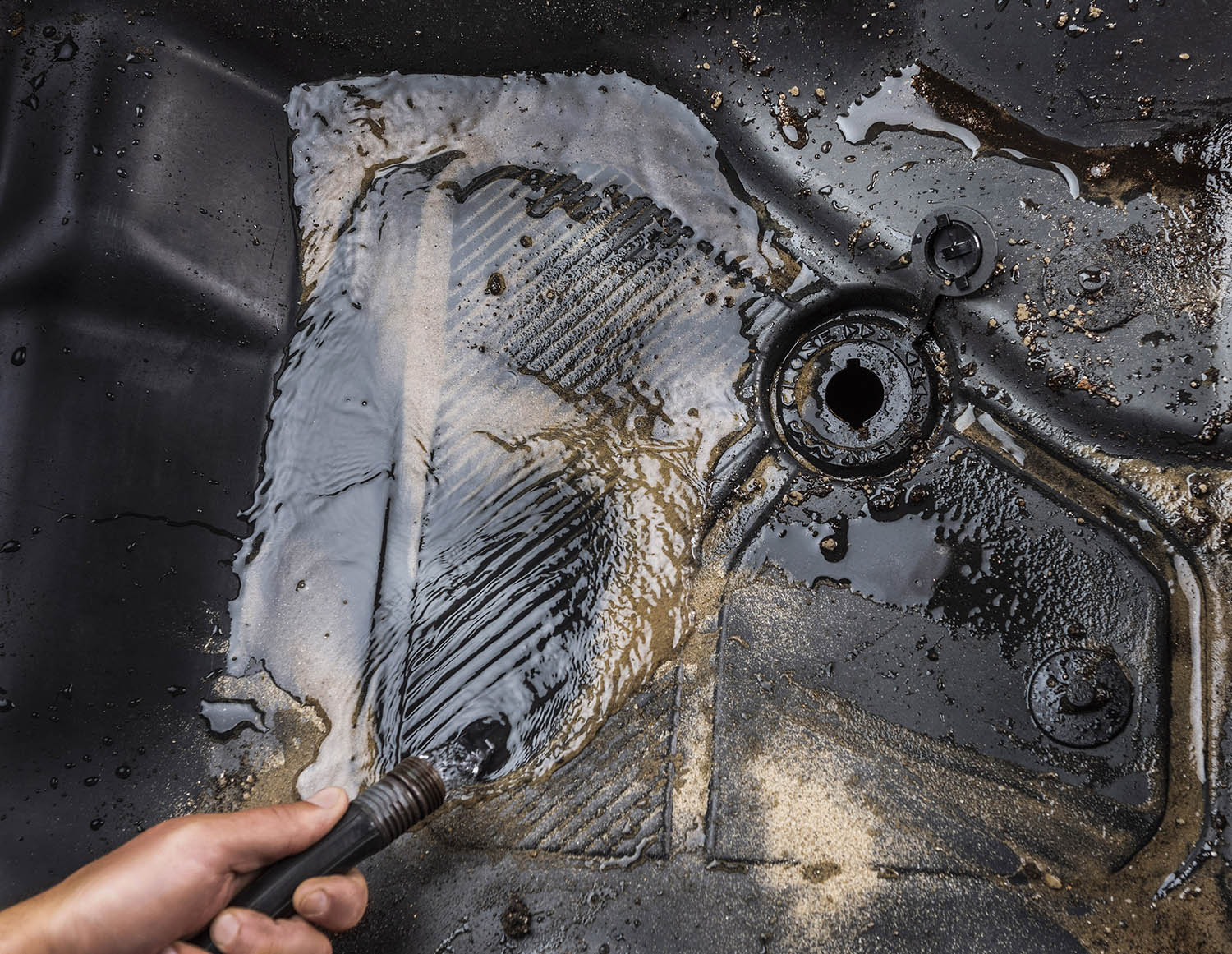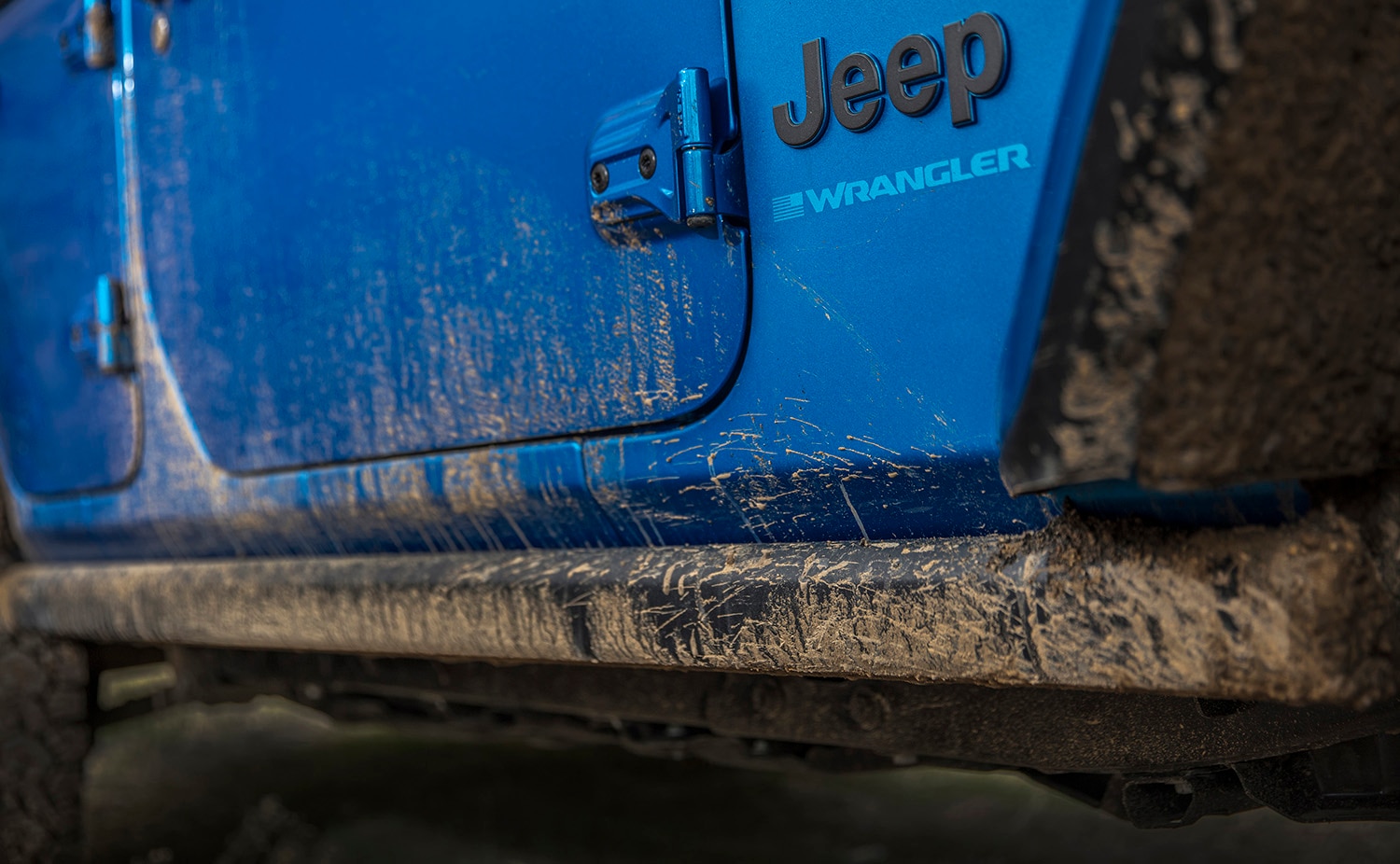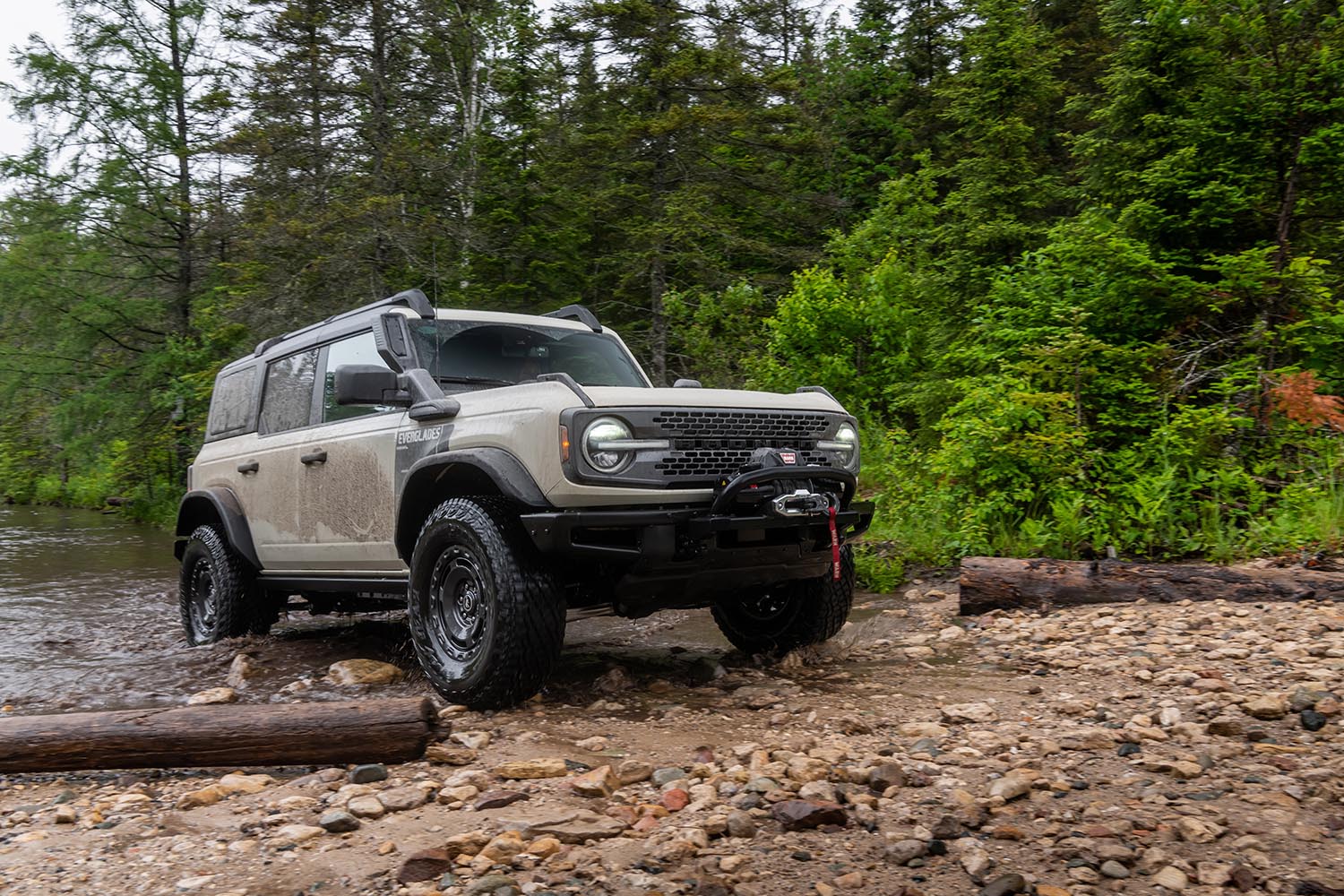How to Clean Your Car's Drain Holes
Keeping your vehicle free of water and moisture can help its lifespan.
 Ford
Ford
Cars are constantly exposed to the elements, which is why they are designed to stay watertight. A drainage system is part of every vehicle chassis, but sometimes these systems can become clogged and send water to places it shouldn't be — such as on your feet while driving.
 Ford
Ford
Car Drains Direct Water Away From the Cabin
Even if you keep your vehicle in a garage most of the time, chances are that at some point it will be driven in the rain or the snow. When that happens, your car can come in contact with a significant amount of water. It's important to ensure that moisture doesn't enter the passenger compartment or pool in areas of the vehicle's body or chassis.
To that end, cars, trucks, and SUVs are outfitted with several drain holes intended to channel water away from areas where the presence of water could cause harm. Most of the time, these drains are found in areas such as around the sunroof, at the bottom of doors, and along the cowl where the hood meets the windshield.
Drains can also be found in the trunk, rear cargo area, or in the cargo bed for pickups. Each of these drains wicks water away and allows it to escape to the ground beneath the car. Some off-roaders, such as the Jeep Wrangler and Ford Bronco, also have floor drains inside their cabins that can be opened to wash out dirt or mud.
 Jeep
Jeep
Car Drains Can Get Clogged for Several Reasons
As with any drain, things only function smoothly if water can flow through its channels unimpeded. Unfortunately, the fact that cars are constantly exposed to the outdoors means drains can become clogged over time.
Typical causes of clogged car drains include leaves, pollen, seeds, and pine needles. Other culprits can be road grime, dust and dirt buildup from driving off-road or on gravel, and snow and ice. Regularly parking under a tree canopy can contribute to clogged drains, too, especially for the sunroof and cowl areas.
Clogged drains can lead to water accumulation and potential flooding inside the cabin and trunk or corrosion in the bottoms of doors and other areas where metal is exposed to water. Electrical issues associated with trapped water can also be a nuisance.
 Ford
Ford
Cleaning Car Drain Holes Usually Isn't Difficult to Do
You can often clear a clogged car drain by blasting it with a water hose. The force of the water can dislodge the gunk built up and push it through the drain. You'll know that the blockage has been removed once the water runs through clear rather than brown, black, or muddy. You can also try this same strategy with compressed air to clear your car's drains.
Suppose a substantial amount of leaves or dirt has accumulated inside a door panel or inside an A-pillar. In that case, it might be necessary to puncture the clog with a toothpick, weed trimmer line, or coat hanger before blasting it with water or air. If you feel comfortable removing an interior panel, you may in some cases be able to access a clogged area and clean it out by hand or slide in a vacuum nozzle to suck up the blockage.
Written by humans.
Edited by humans.
 Benjamin Hunting
Benjamin HuntingBenjamin Hunting is a writer and podcast host who contributes to a number of newspapers, automotive magazines, and online publications. More than a decade into his career, he enjoys keeping the shiny side up during track days and always has one too many classic vehicle projects partially disassembled in his garage at any given time. Remember, if it's not leaking, it's probably empty.
Related articles
View more related articles